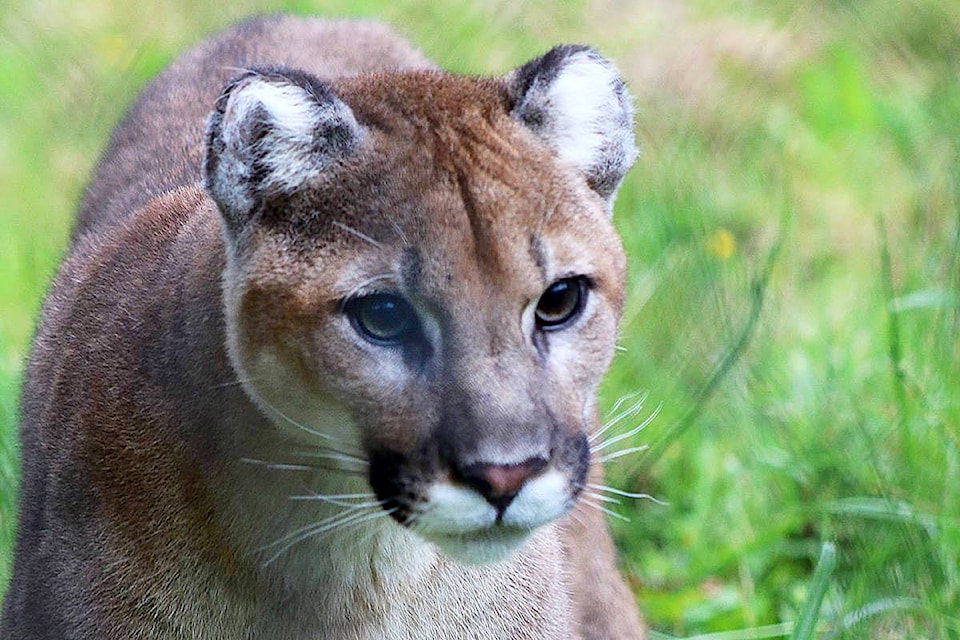All is quiet on the wildlife front.
According to the most recent data from WildSafe B.C.’s Wildlife Alert Reporting Program, there have been four wildlife sightings called in to the local Conservation Officer Service in 2021 so far, two of which occurred in Memorial Park in the heart of Hope.
A dead black bear was reported on Jan. 19 at about 10 a.m. Nine days later, a cougar was spotted in the same park.
Out near Kawkawa Lake Road, a bobcat was reported as injured or distressed on Feb. 19. A week prior, at Kawkawa Lake Camp, a cougar was spotted, attracted by pets.
READ ALSO: WARP: Area wildlife sightings in May included two alleged grizzly sightings
While not entirely avoidable especially in rural communities, there are steps people can take to prevent wildlife-human conflict. Avoiding planting fruit-bearing or nut-producing trees will rid the yard of some natural bear attractants; local pollinator plants are perfectly okay and beneficial, though. Livestock can be a natural attractant for predators like cougars or foxes, so reinforcing the enclosure with a secure shelter at night and fencing around the perimeter can be helpful deterrents.
Garbage attracts possums, rats and black bears and should be stored indoors until curbside collection day. Cleaning recyclables can also help keep wildlife away.
READ ALSO: Koot teaches coexisting with wildlife
According to a 2019 report from WildSafe in the Fraser Valley Regional District – the most recent report available as of publication – wildlife activity is typically low in the first couple months of the year. Black bears are the subject of most wildlife calls within the FVRD. As the weather gets warmer, wildlife calls tend to rise, peaking in July and ebbing off slightly in the fall before dropping to minimal levels during the coldest parts of winter.
To keep up with the latest B.C. wildlife information and learn how you can help prevent human-wildlife conflict, visit wildsafebc.com.
@adamEditor18
adam.louis@hopestandard.com
Like us on Facebook and follow us on Twitter.
